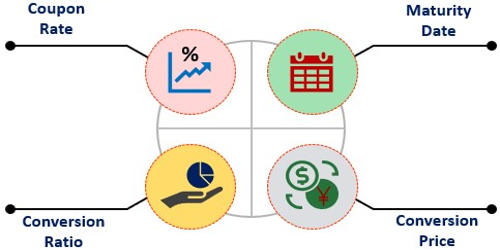Introduction to Receivable Management
Receivables also termed as trade credit or debtors are components of current assets. When a firm sells its product in credit, account receivables are created. It represents money owed to a business by its clients (customers). It is shown on its balance sheet as an asset. The term for ‘keeping track of what customers buy on credit from a company’ is called receivables management. It is one of a series of accounts dealing with the billing of a customer for goods and services that the customer has ordered.
Account receivable is the money receivable in some future date for the credit sale of goods and services at present. The amount that the company is owed is recorded in its general ledger account entitled Accounts Receivable. These days, most business transactions are in credit. The unpaid balance in this account is reported as part of the current assets listed on the company’s balance sheet. Most companies, when they face competition, use credit sales as an important tool for sales promotion. Good accounting requires that an estimate should be made for any amount in Accounts Receivable that is unlikely to be collected.
As a sales promotion tool, credit sale enhances the firm’s sales revenue and ultimately pushes up profitability. But after the credit sale has been made, the actual collection of cash may be delayed for months. As these late payments stretch out over time, they may cause a substantial drop in a company’s profit margin. Since the extension of credit involves both cost and benefits, the firm’s manager must be able to measure them to determine the ultimate effect of credits sales. For example, the accounts receivable is the record of fact that a company has done some work for customer X and that customer X owes money to the company.
It forms a major part of the organization’s asset, it leads to the generation of cash in-flow in the books of the organization. In this perspective, we define the receivable management as the aspect of a firm’s current assets management, which is concerned with determining optimum credit policy associated to a firm, such that the benefit from an extension of credit is greater than the cost of maintaining investment in accounts receivables.
Information Source:
















